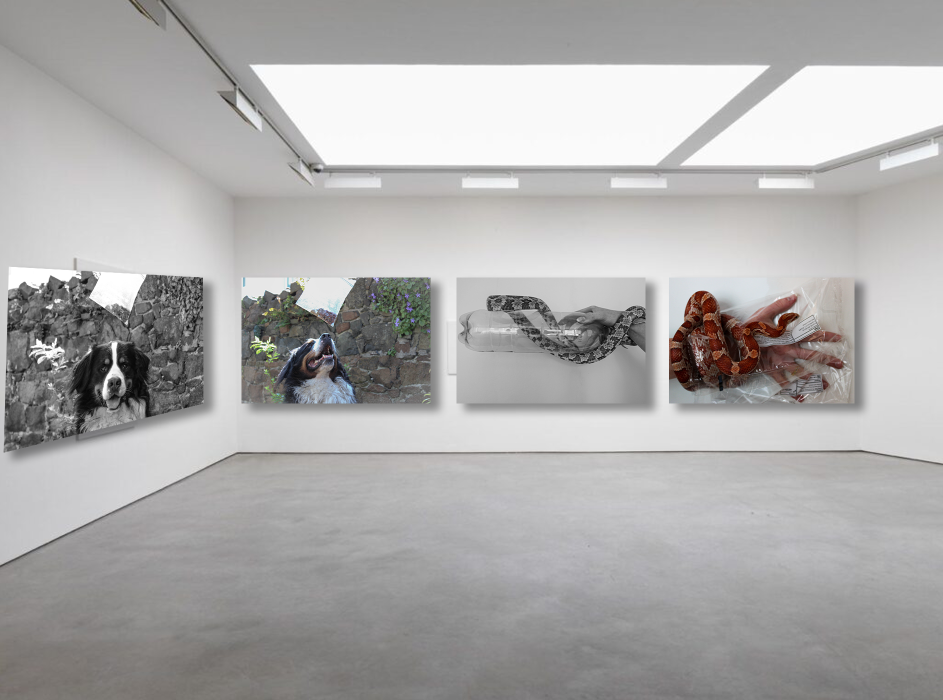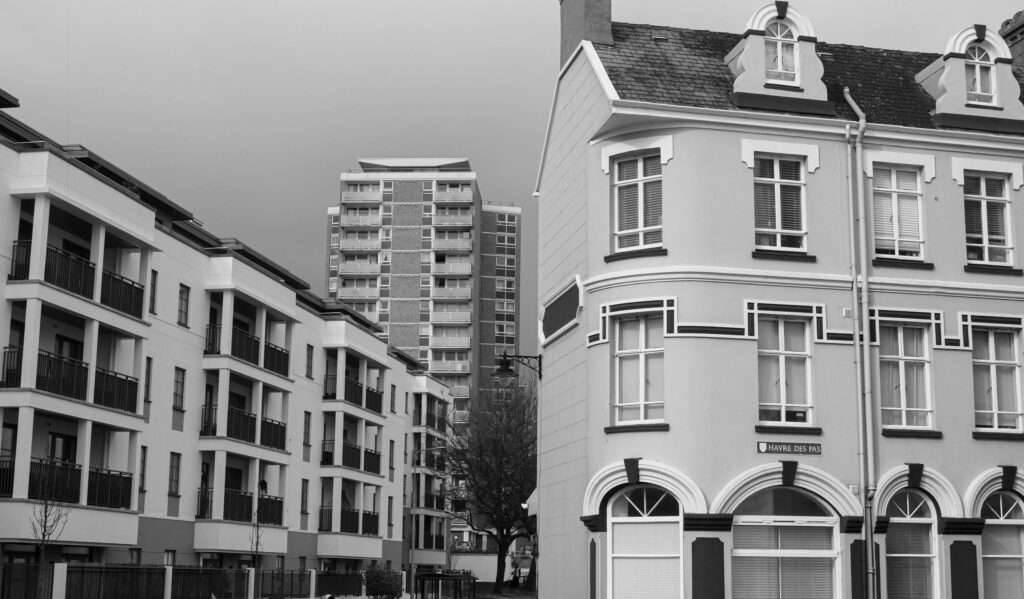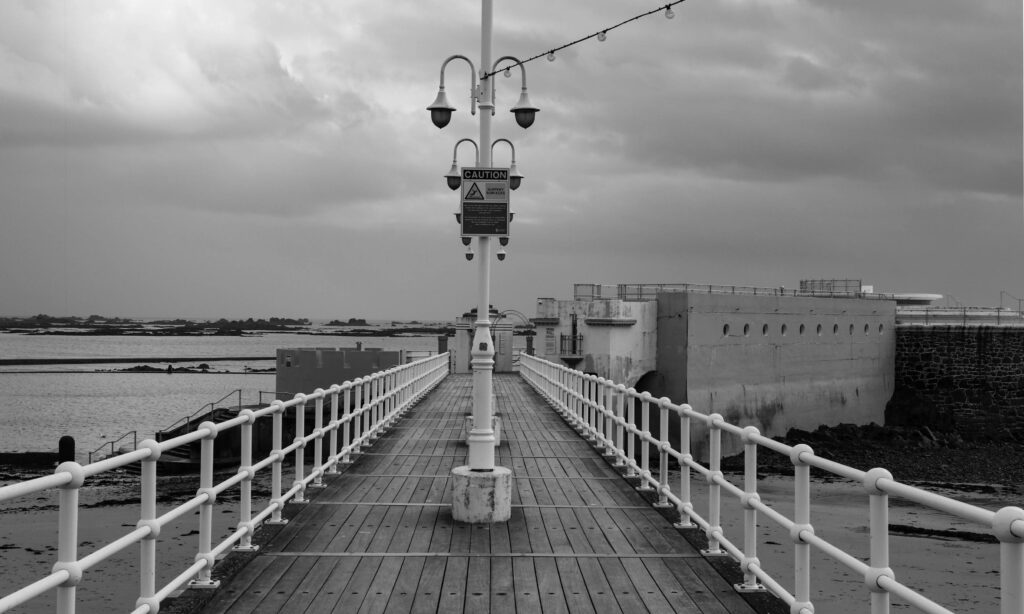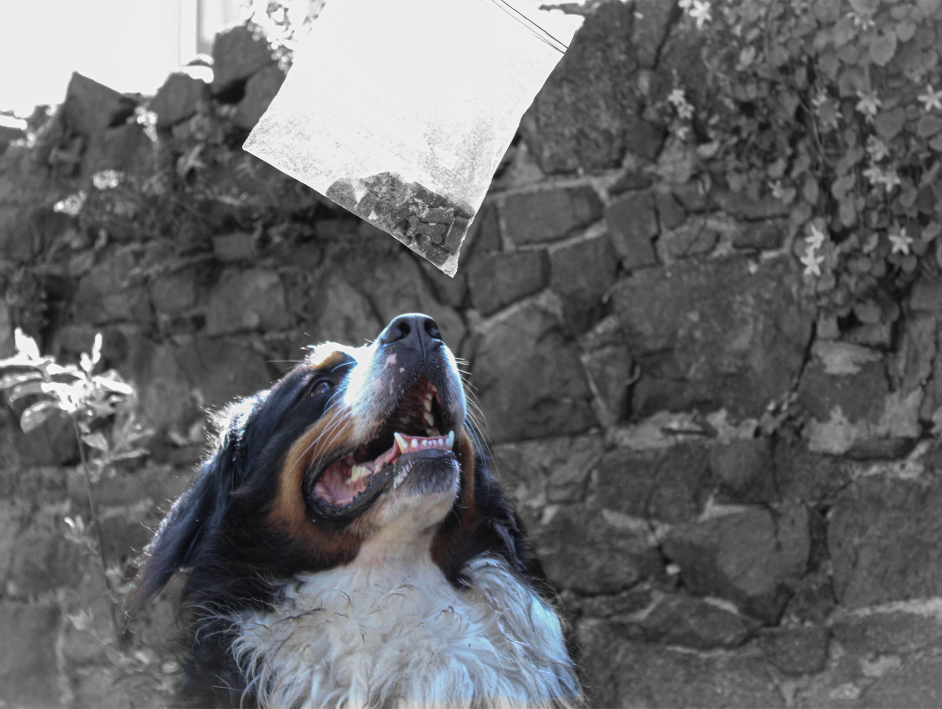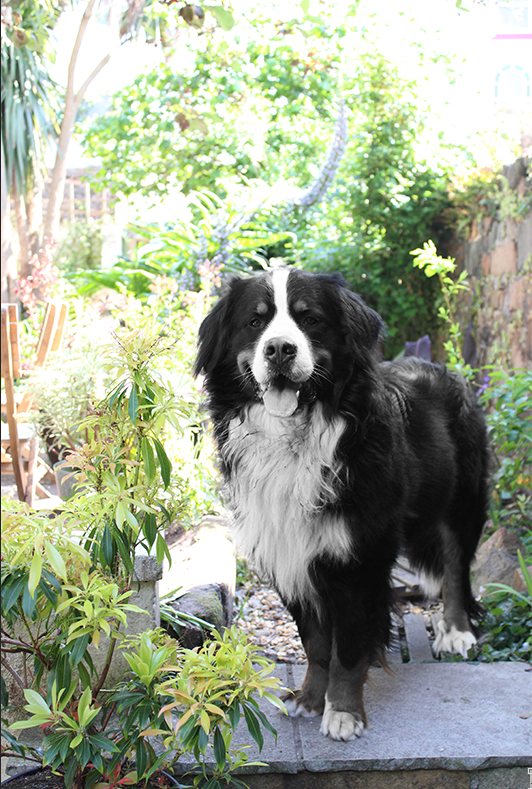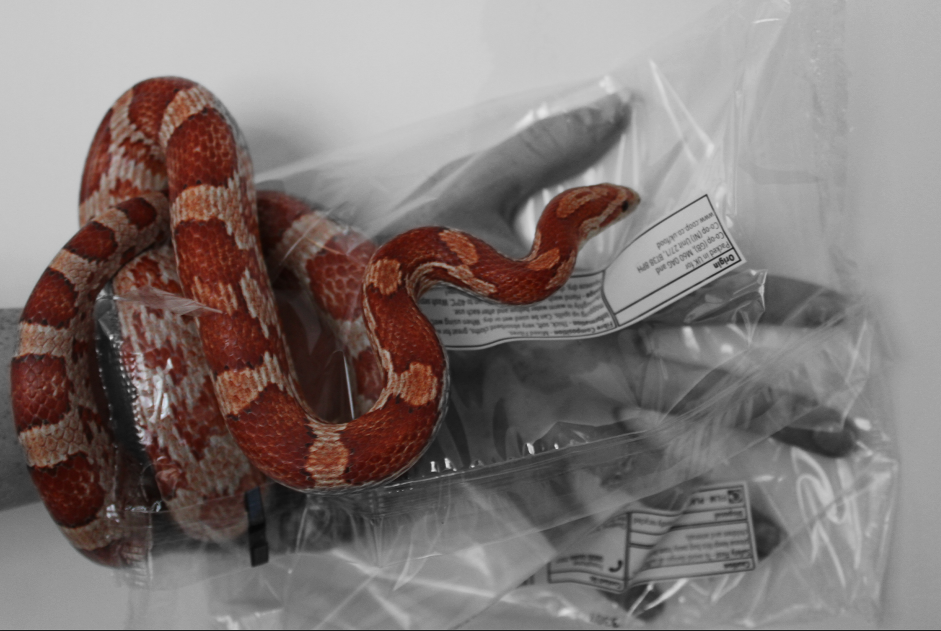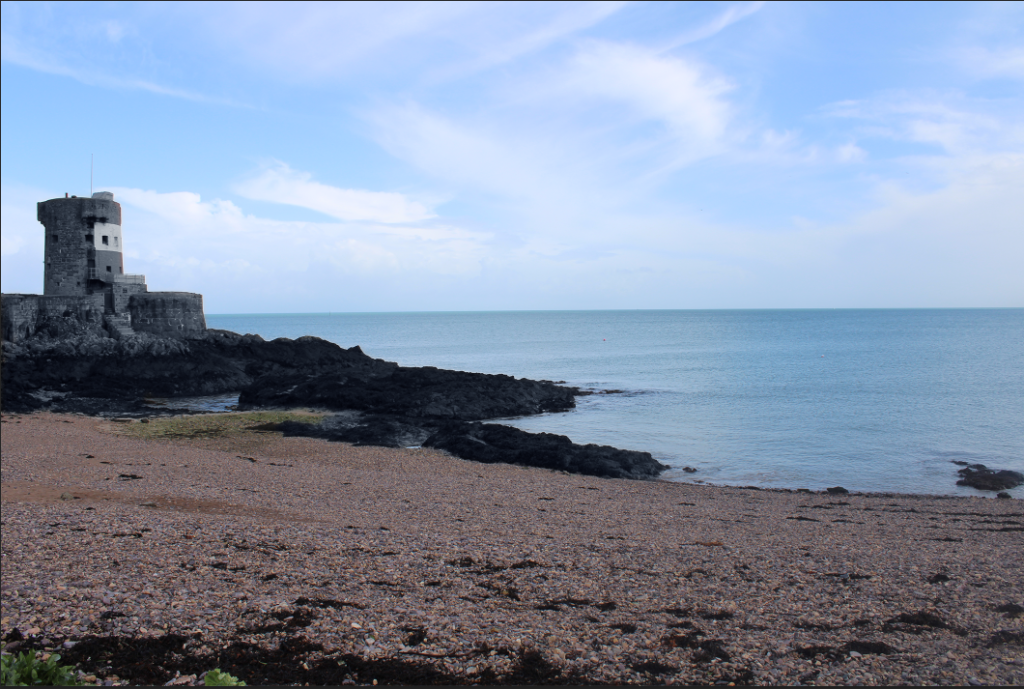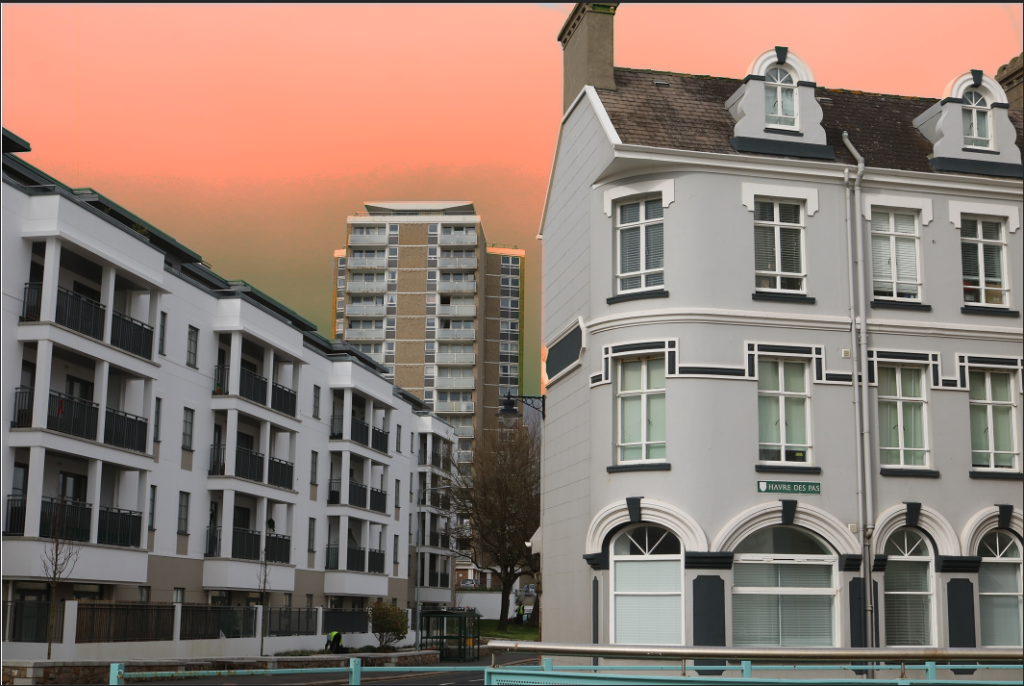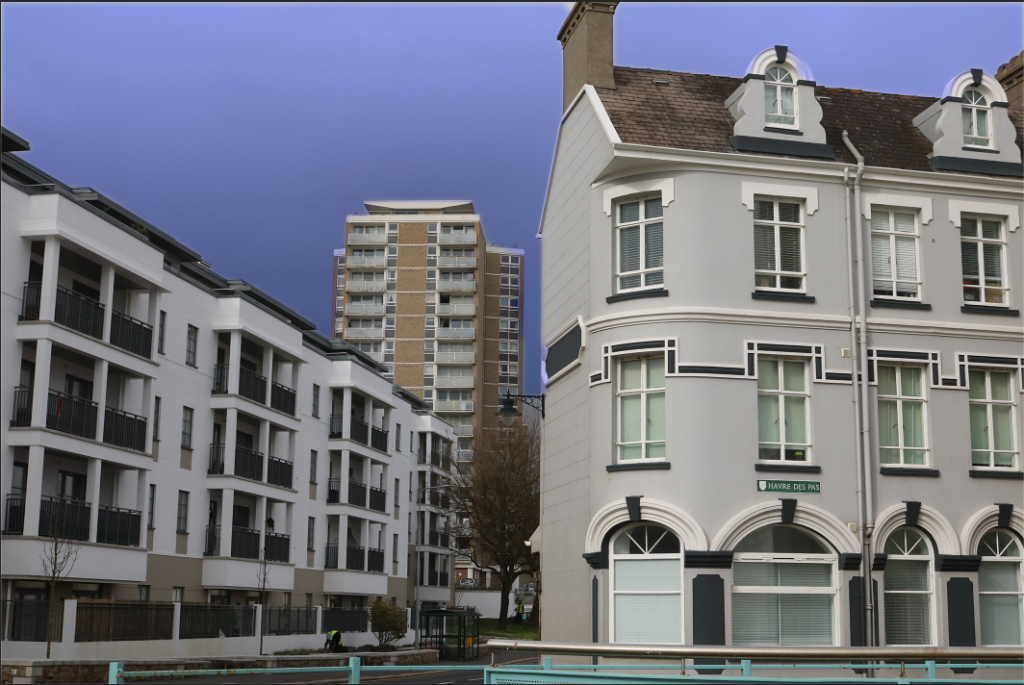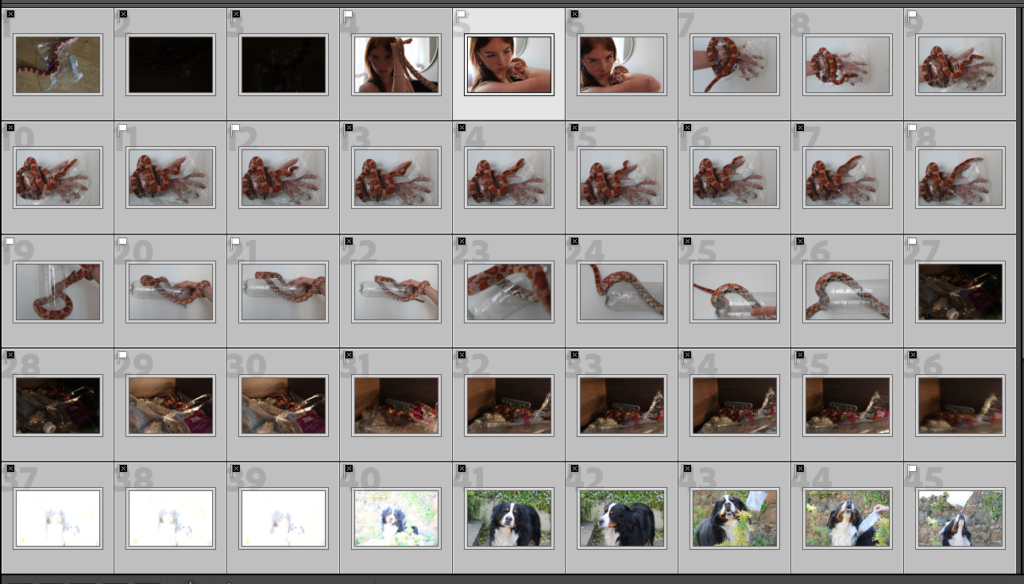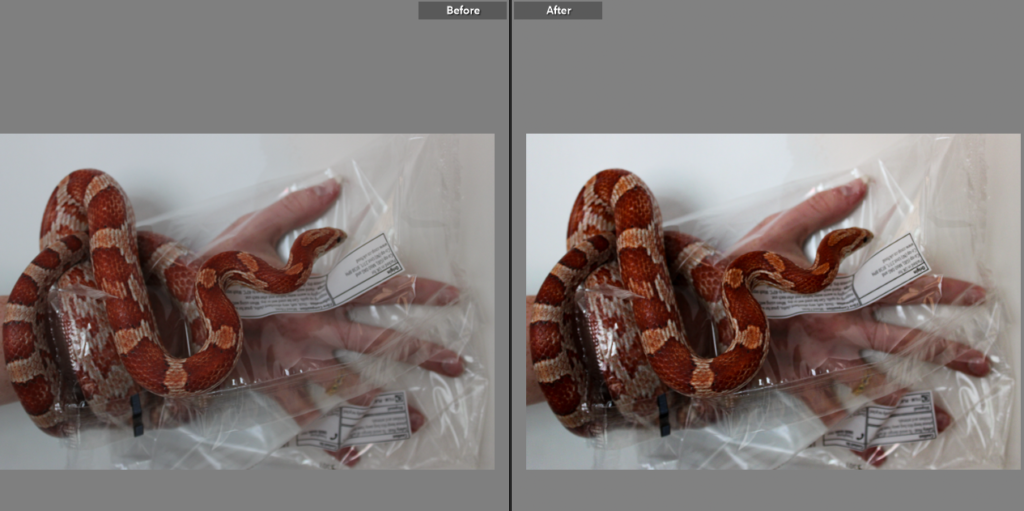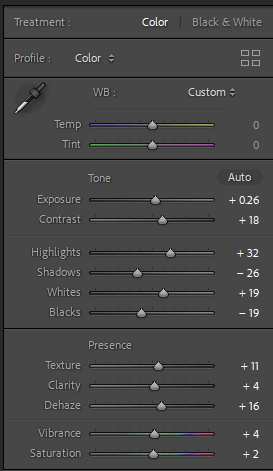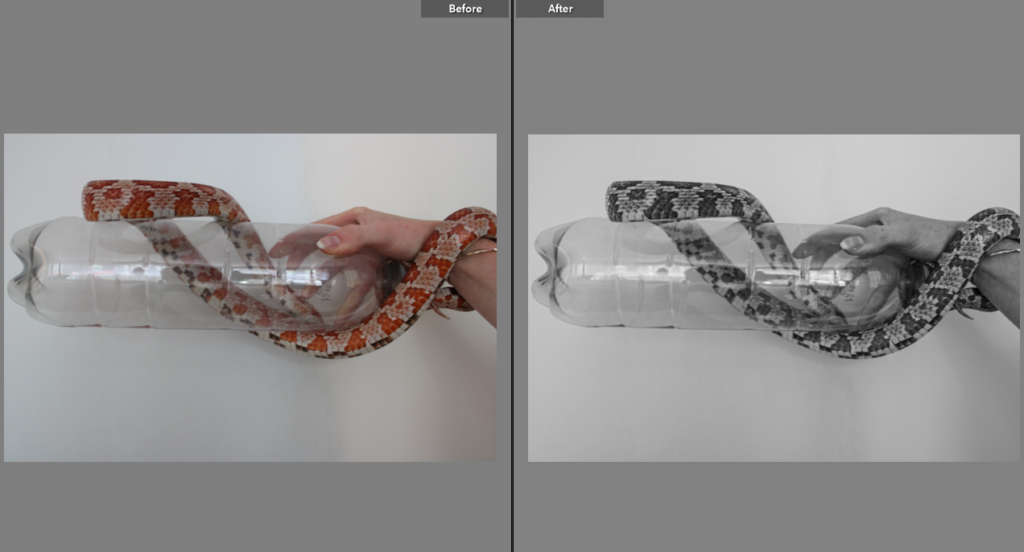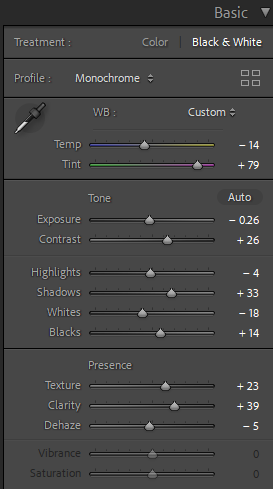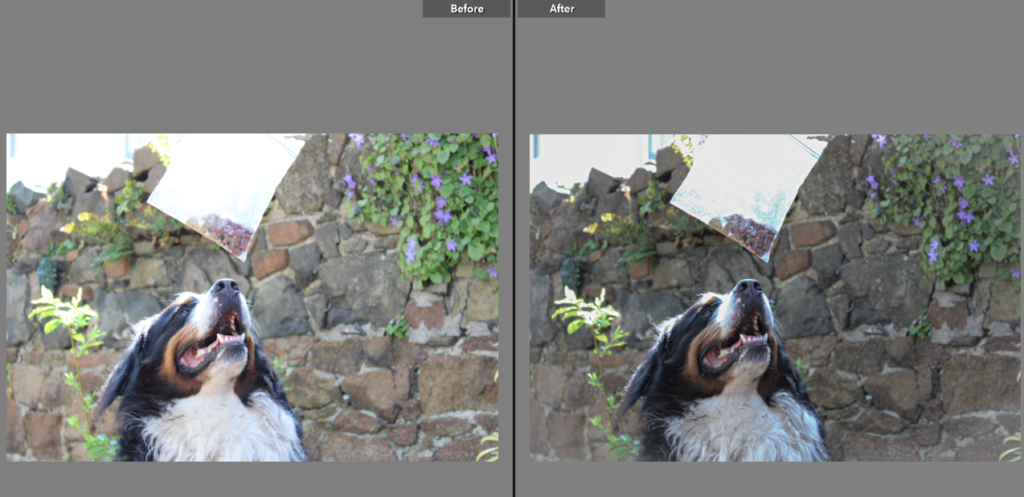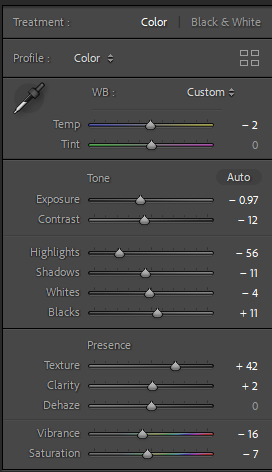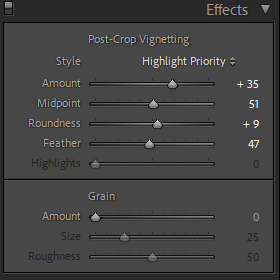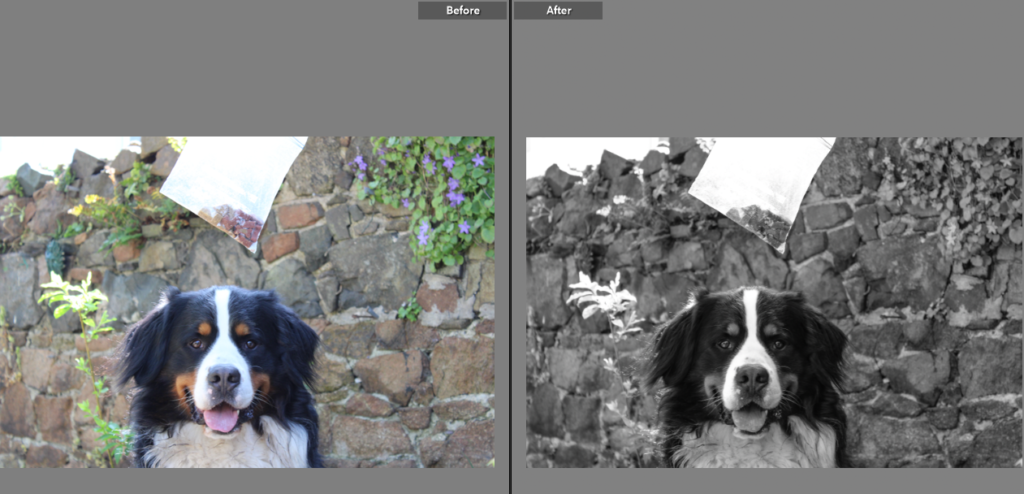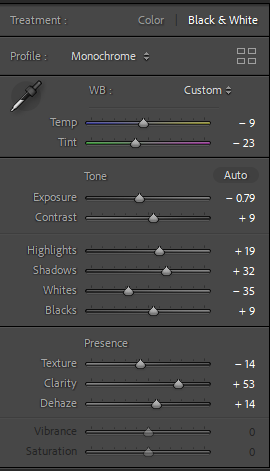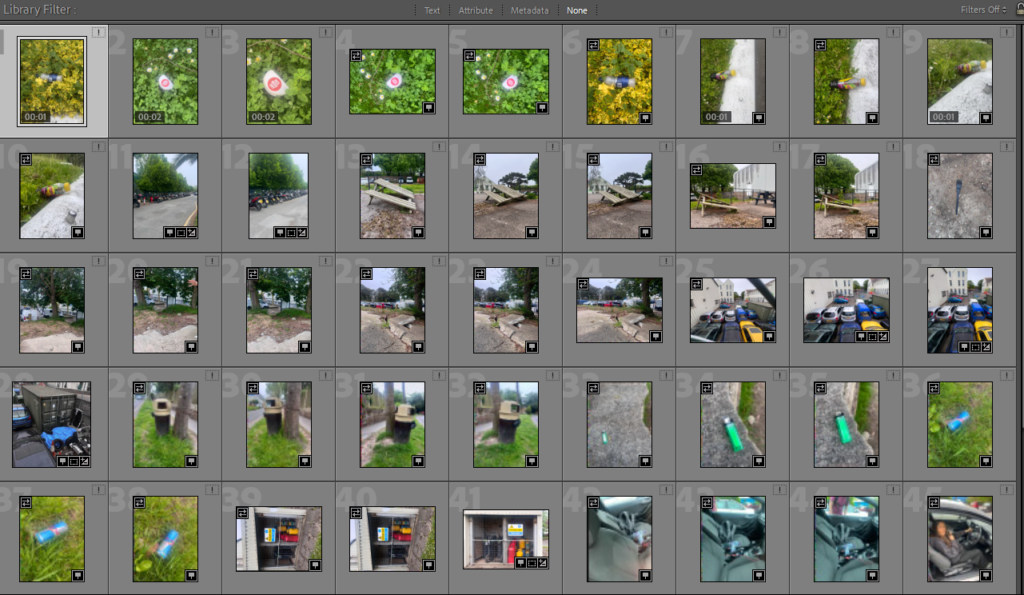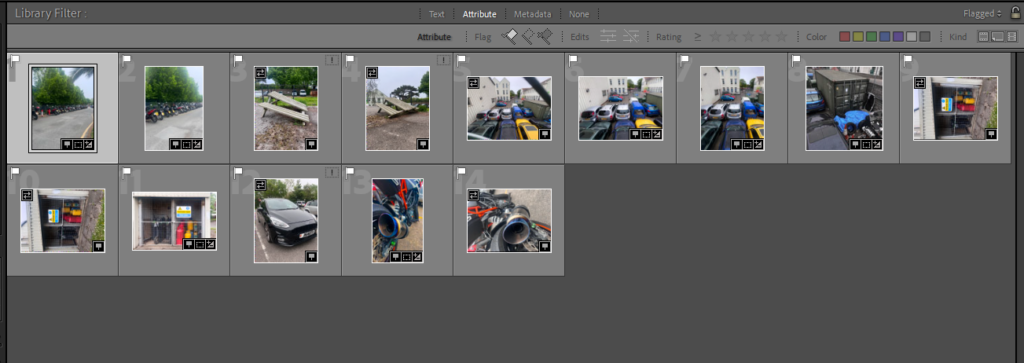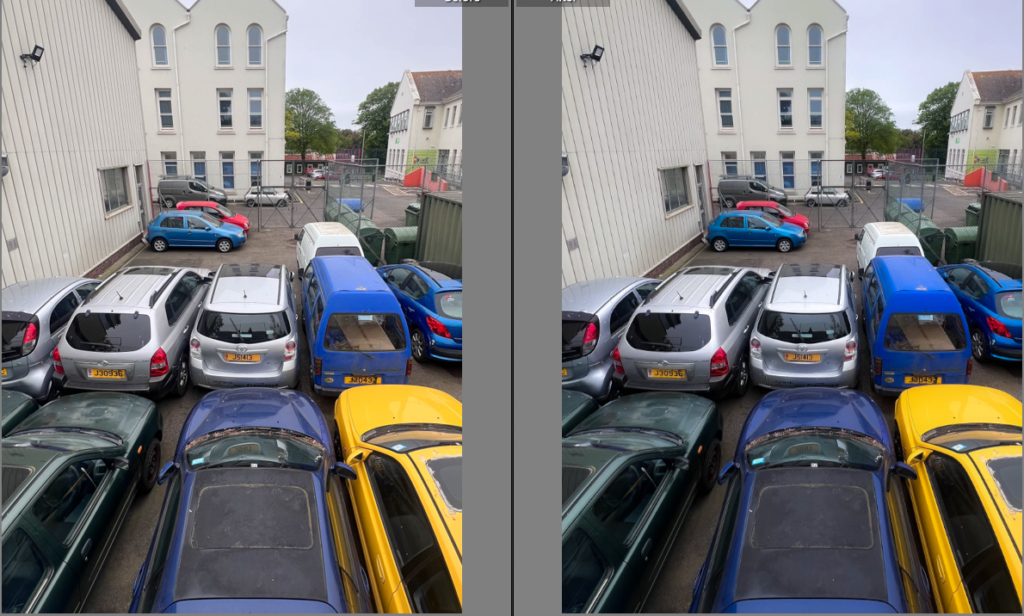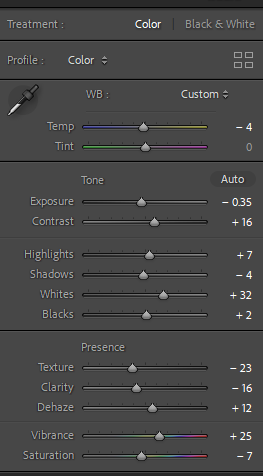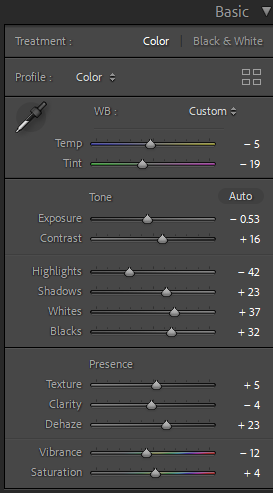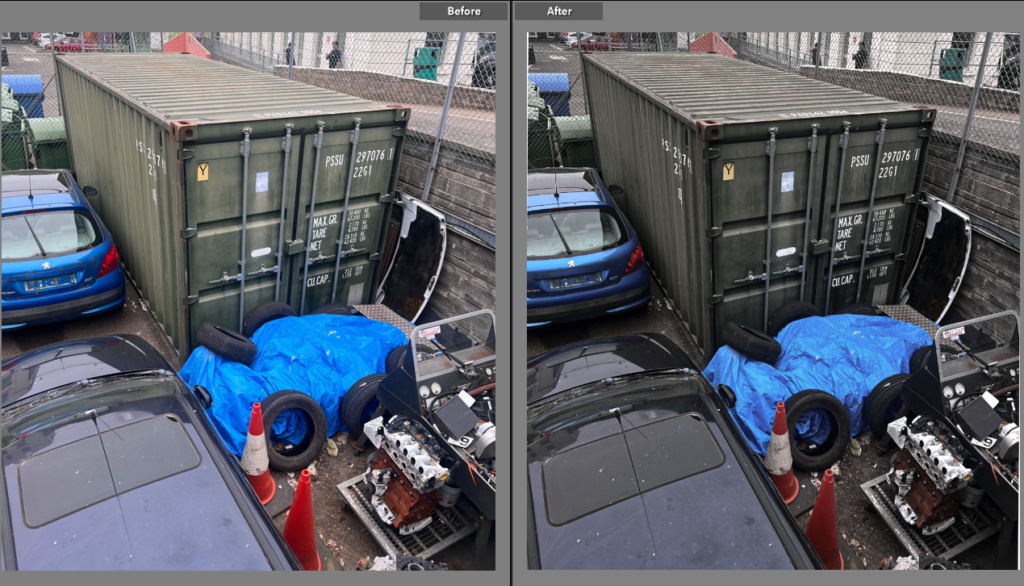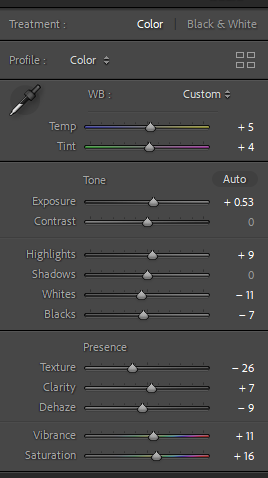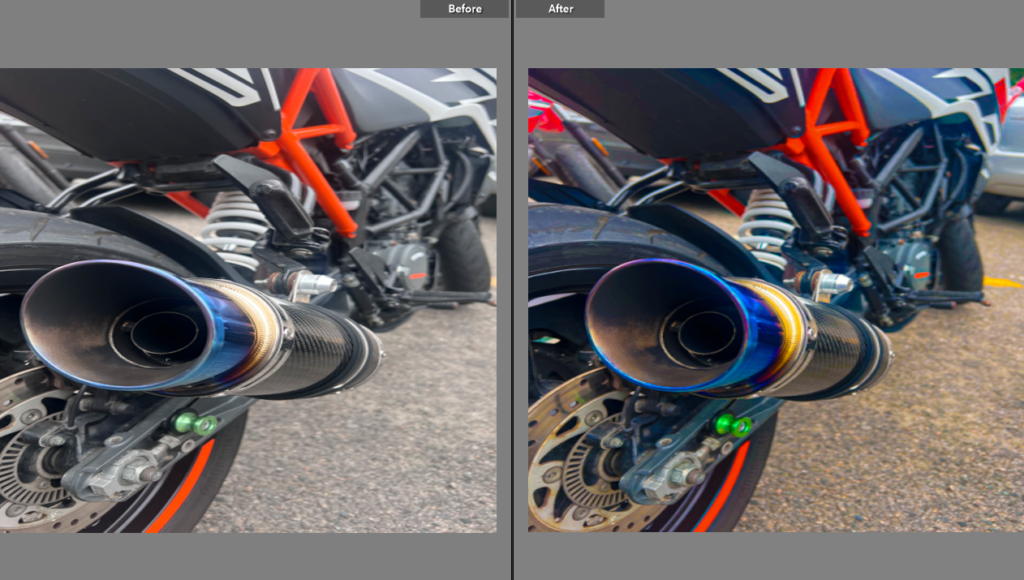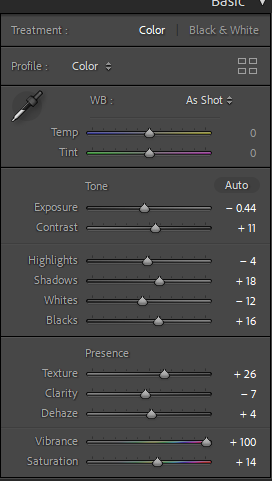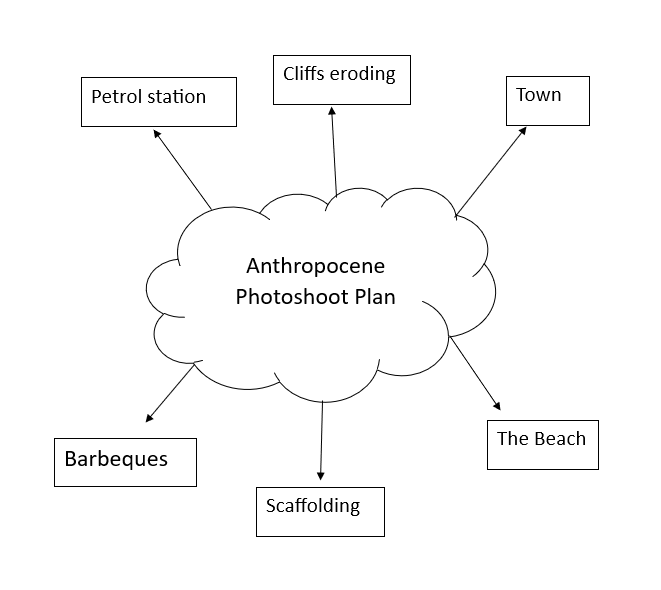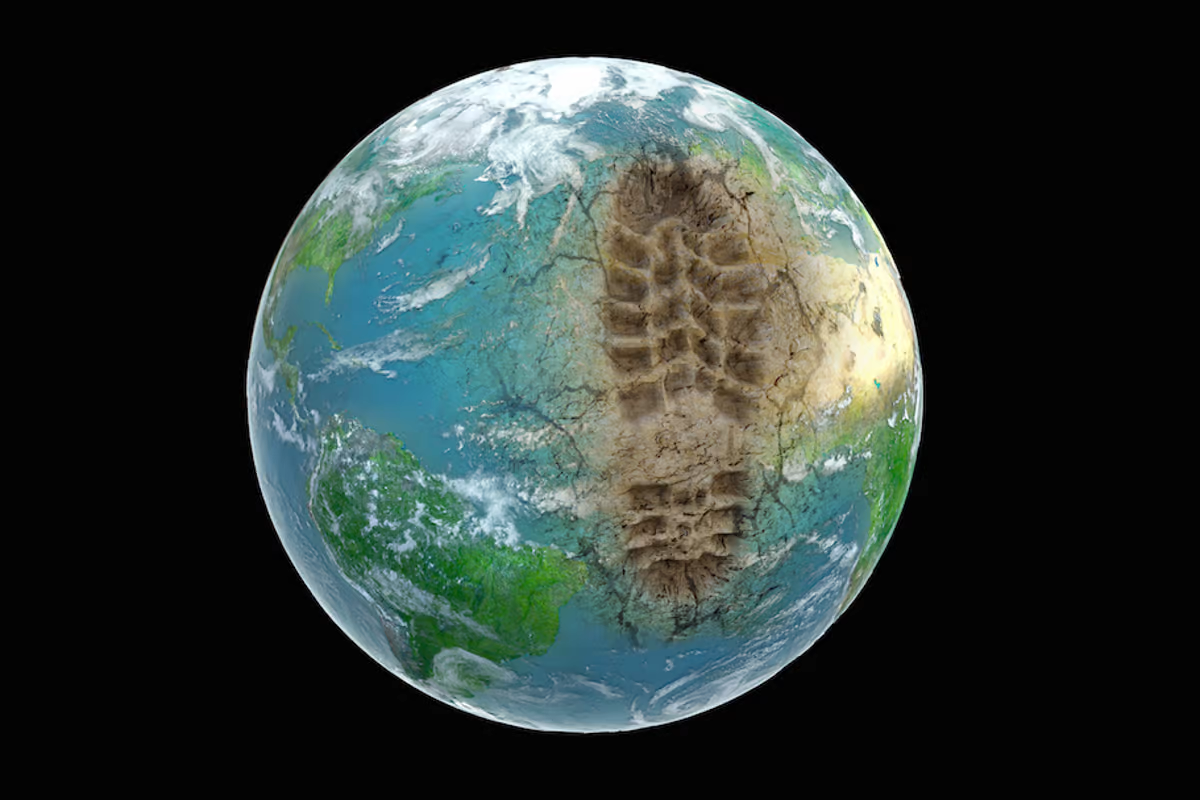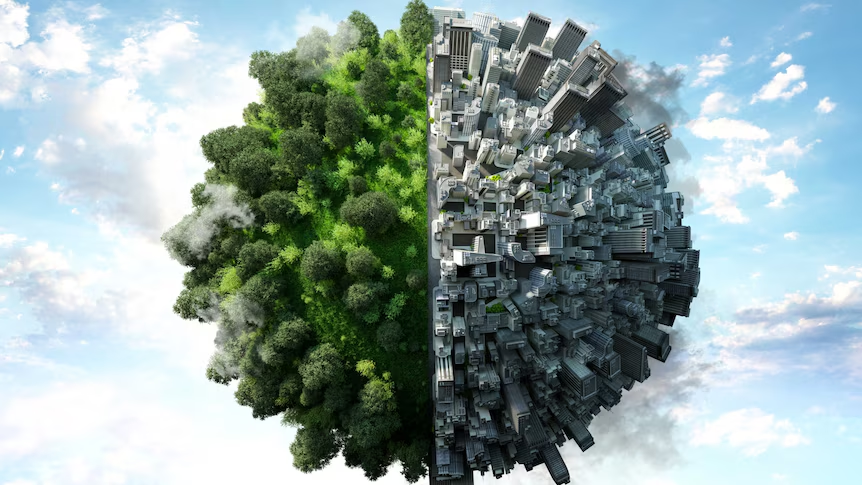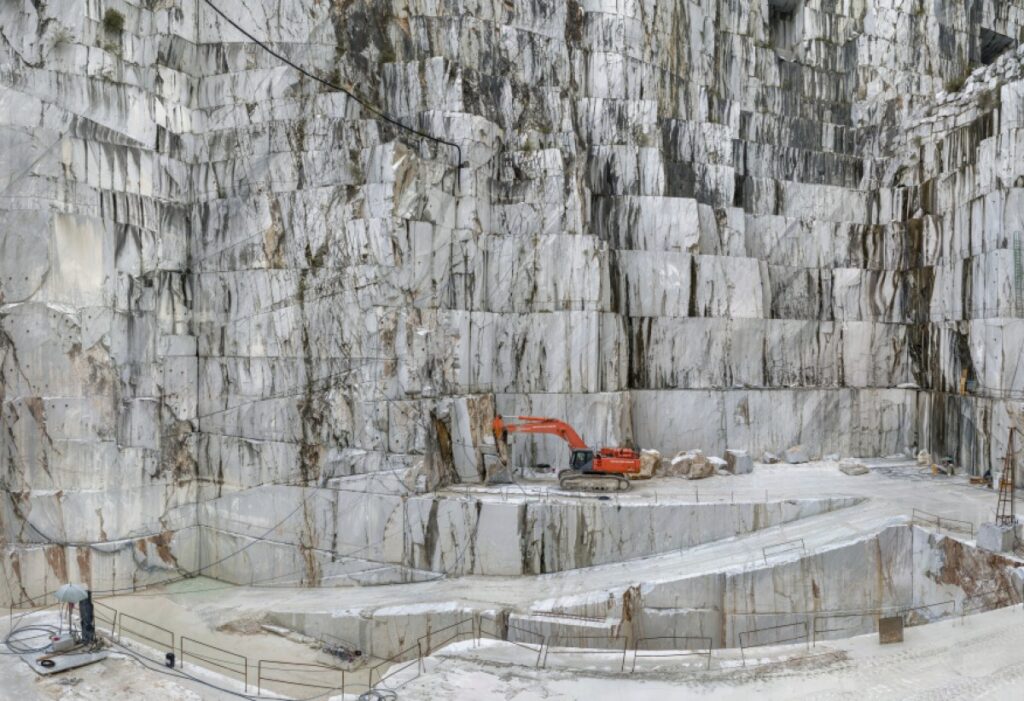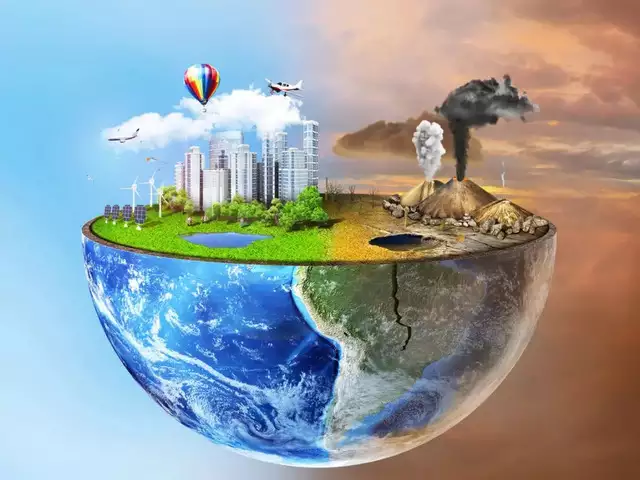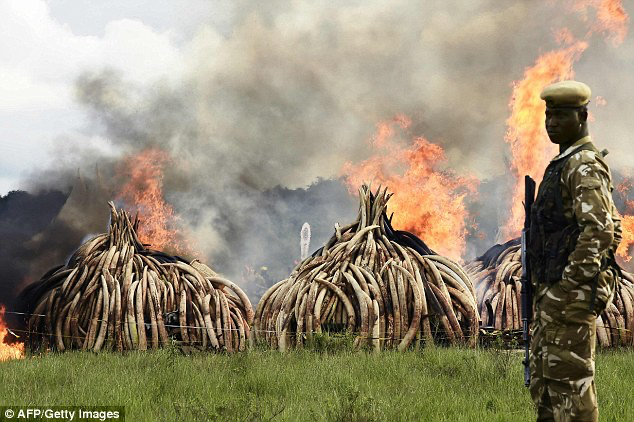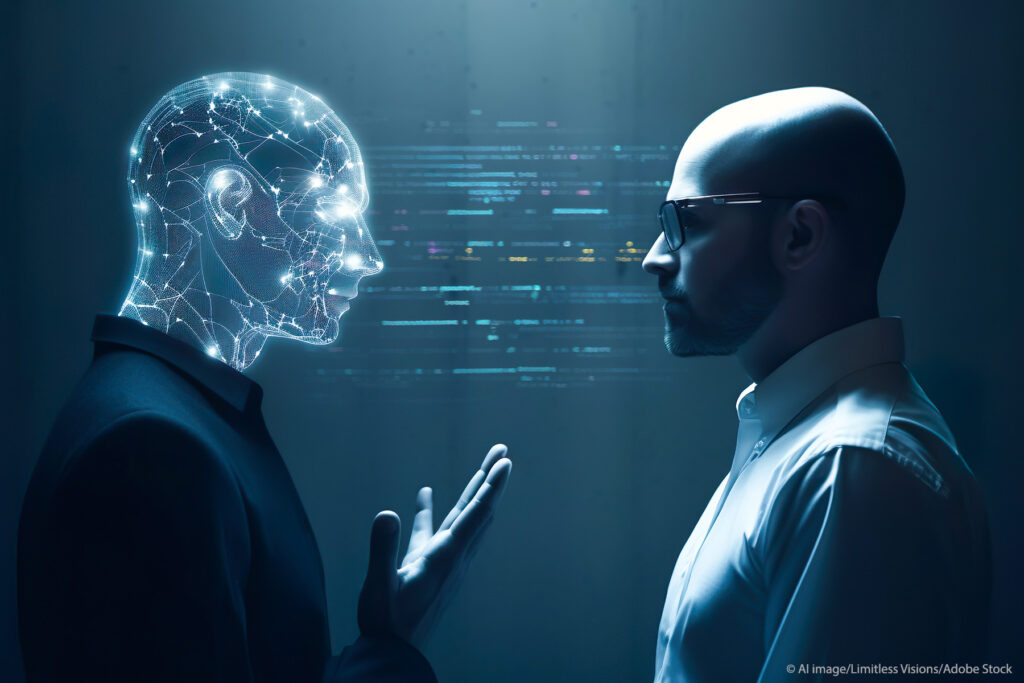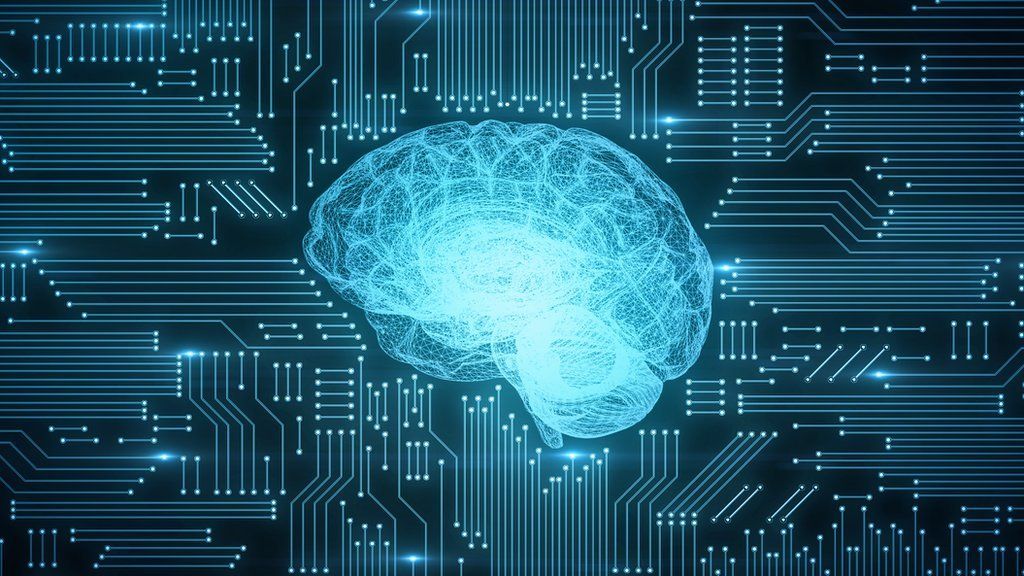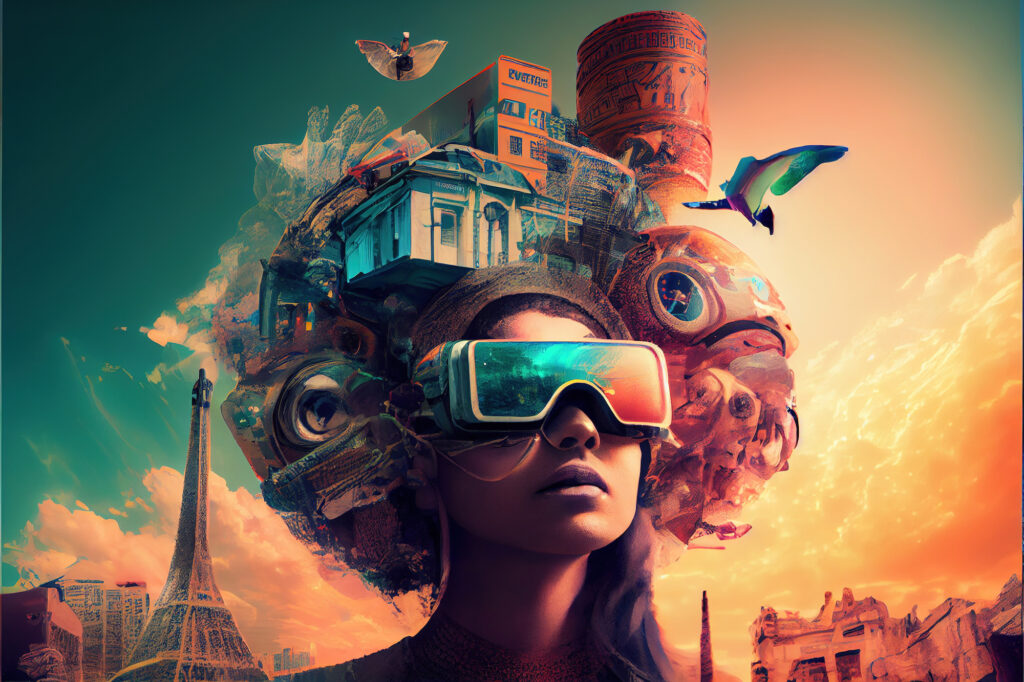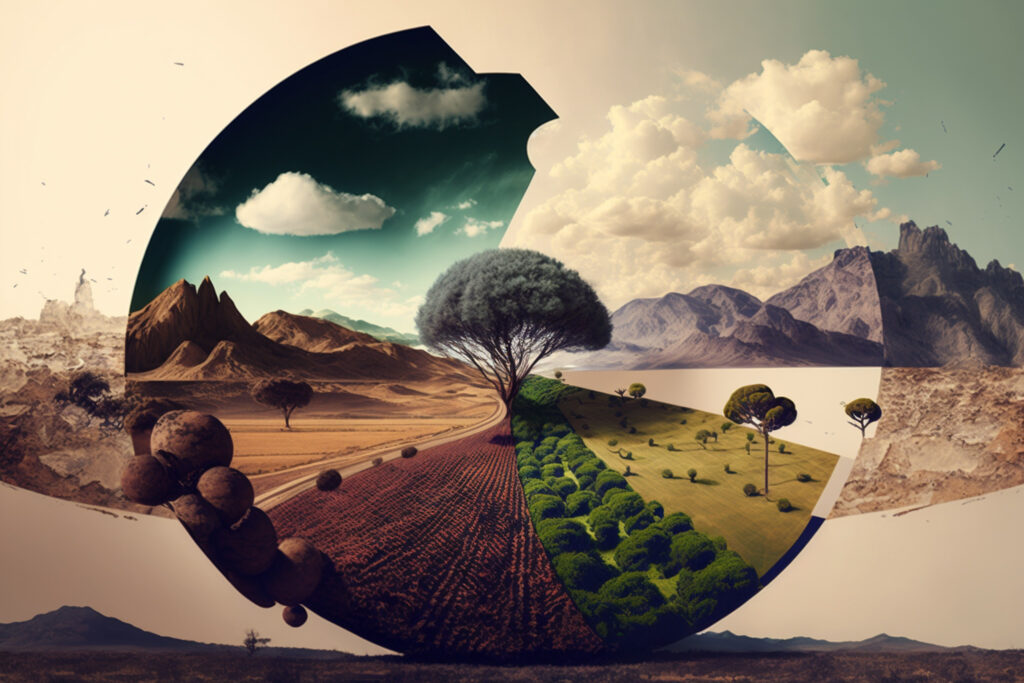
Henri Cartier-Bresson was a French artist and humanist photographer considered a master of candid photography, and an early user of 35mm film. He pioneered the genre of street photography, and viewed photography as capturing a decisive moment.
He studied painting when he was just 5 years old, taking an apprenticeship in his uncle Louis’ studio. Cartier-Bresson was introduced to oil painting by his uncle Louis, a gifted painter and winner of the Prix de Rome in 1910. But his painting lessons were cut short when uncle Louis was killed in World War I.
The Decisive Moment

In 1952, Cartier-Bresson published his book The Decisive Moment. Cartier-Bresson took his keynote text from Volume 2 of the Memoirs of 17th century Cardinal De Ritz “There is nothing in this world that does not have a decisive moment”. Cartier-Bresson applied this to his photographic style. He said: To me, photography is the simultaneous recognition, in a fraction of a second, of the significance of an event as well as of a precise organization of forms which give that event its proper expression.
“Photography is not like painting. There is a creative fraction of a second when you are taking a picture. Your eye must see a composition or an expression that life itself offers you, and you must know with intuition when to click the camera. That is the moment the photographer is creative. Oop! The Moment! Once you miss it, it is gone forever.”
Cartier-Bresson’s photography took him to many places, including China, Mexico, Canada, the United States, India, Japan, Portugal and the Soviet Union. While traveling in China in 1958, Cartier-Bresson documented the construction of the Ming Tombs Reservoir He became the first Western photographer to photograph “freely” in the post-war Soviet Union.

Technique
Cartier-Bresson almost always used a Leica 35 mm rangefinder camera fitted with a normal 50 mm lens, or occasionally a wide-angle lens for landscapes. He often wrapped black tape around the camera’s chrome body to make it less conspicuous. With fast black and white film and sharp lenses, he was able to photograph events unnoticed.
He never photographed with flash, a practice he saw as “impolite…like coming to a concert with a pistol in your hand.”
He believed in composing his photographs in the viewfinder, not in the darkroom. He showcased this belief by having nearly all his photographs printed only at full-frame and completely free of any cropping or other darkroom manipulation. He insisted that his prints be left uncropped so as to include a few millimetres of the unexposed negative around the image area, resulting in a black frame around the developed picture.
He worked exclusively in black and white, other than a few experiments in colour. He disliked developing or making his own prints and showed a considerable lack of interest in the process of photography in general, likening photography with the small camera to an “instant drawing”. Technical aspects of photography were valid for him only where they allowed him to express what he saw.
Image Analysis
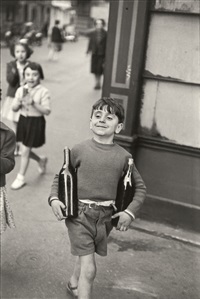
This image was taken 1954. The decisive moment is the boy with two wine bottles in each of his arms. The boy’s face expresses happiness and a cheeky smile, In the background you see more children looking at the boy and it seems like he knows they are looking because he has his head held high a proud smirk on his face. The image is solely focussed on the boy in the middle so you can’t tell if there are any adults around or with the other children in the background. The boy’s name was Michel Gabriel and when he grew up he kept in touch with Henri Cartier-Bresson.



